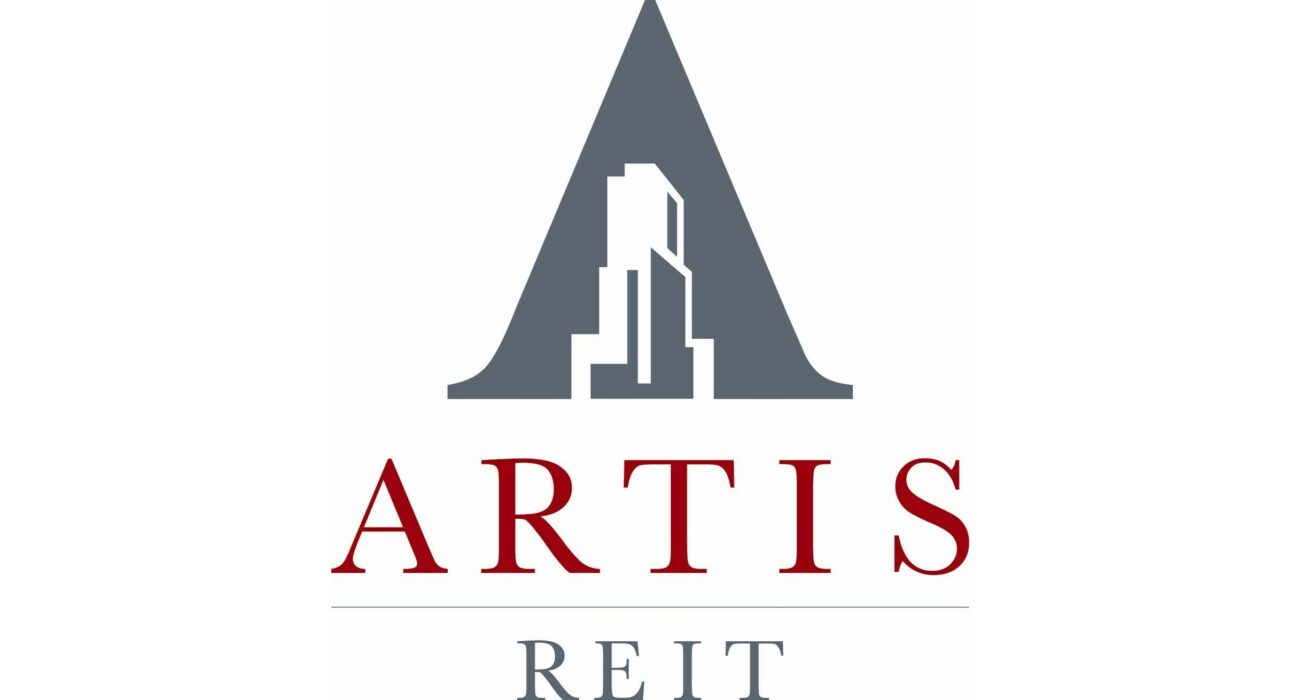New retail and leisure research has revealed a boom in commercial real estate activity over 2023.
The latest report by the Local Data Company and Green Street, covering key developments across the entire GB retail and leisure market over 2023, shows a spike in numbers of both closures and openings, representing significant churn.
The authors of the report say the overall data picture demonstrates the resilience and flexibility of GB retailers and leisure operators in the face of widespread economic difficulty, with clear opportunities emerging for businesses and commercial landlords.













